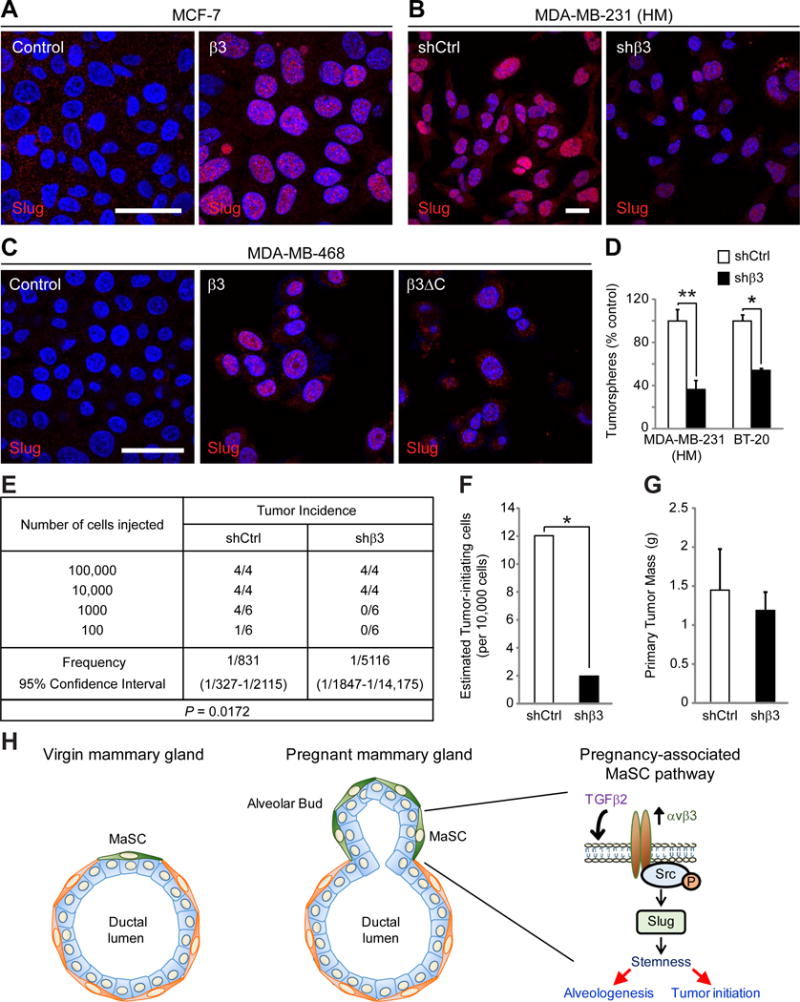Figure 7. αvβ3 is associated with Slug activation and stemness in human breast cancer cells.

(A–C) Representative immunofluorescent images showing Slug expression in (A) MCF-7 cells stably transfected with β3 cDNA or vector alone (Control) (B) a highly metastatic (HM) variant of MDA-MB-231 cells stably expressing a non-silencing (shCtrl) or β3 shRNA (shβ3) and (C) MDA-MB-468 cells stably expressing vector control, full-length β3 or the β3ΔC mutant. (A–C) Nuclei are stained blue in all panels. Scale bars 20 μm.
(D) Histogram depicting the results of β3 knock-down on soft agar colony number in MDA-MB-231 (HM) or BT-20 human tumor cell lines compared to control. MDA-MB-231 (HM), n=3, P=0.0079, BT-20, n=2, P=0.031.
(E–G) In vivo tumor initiation studies comparing control and β3 knock-down MDA-MB-231 (HM) cells injected orthotopically into adult female mice at limiting dilution. (E) Table describing the frequency of tumor formation per fat pad injected for each cell type. (F) Histogram showing the estimated number of tumor-initiating cells from the data in (E). (G) Bar graph depicting the primary tumor mass for each cell type in tumors formed after injection of 10,000 cells and harvested at 6 weeks. (D,G) Data represent the mean ± s.e.m. and statistical analysis performed by Student’s T-test. *P<0.05, **P<0.01.
(H) Schematic describing the function of the αvβ3-Src-Slug signaling axis in MaSC expansion during pregnancy. Compared to the virgin mammary gland (left panel) pregnancy induces expansion of the MaSC population (green cells), resulting in the initiation of alveologenesis (middle panel). Factors released during pregnancy, such as TGFβ2, drive αvβ3 expression in these pregnancy-associated MaSCs, resulting in activation of Src family kinases and increased levels of Slug (right panel). This pathway may lead not only to MaSC expansion and alveologenesis during pregnancy, but may additionally contribute to stem-like properties in breast cancer cells, resulting in tumor initiation. See also Figure S7.
